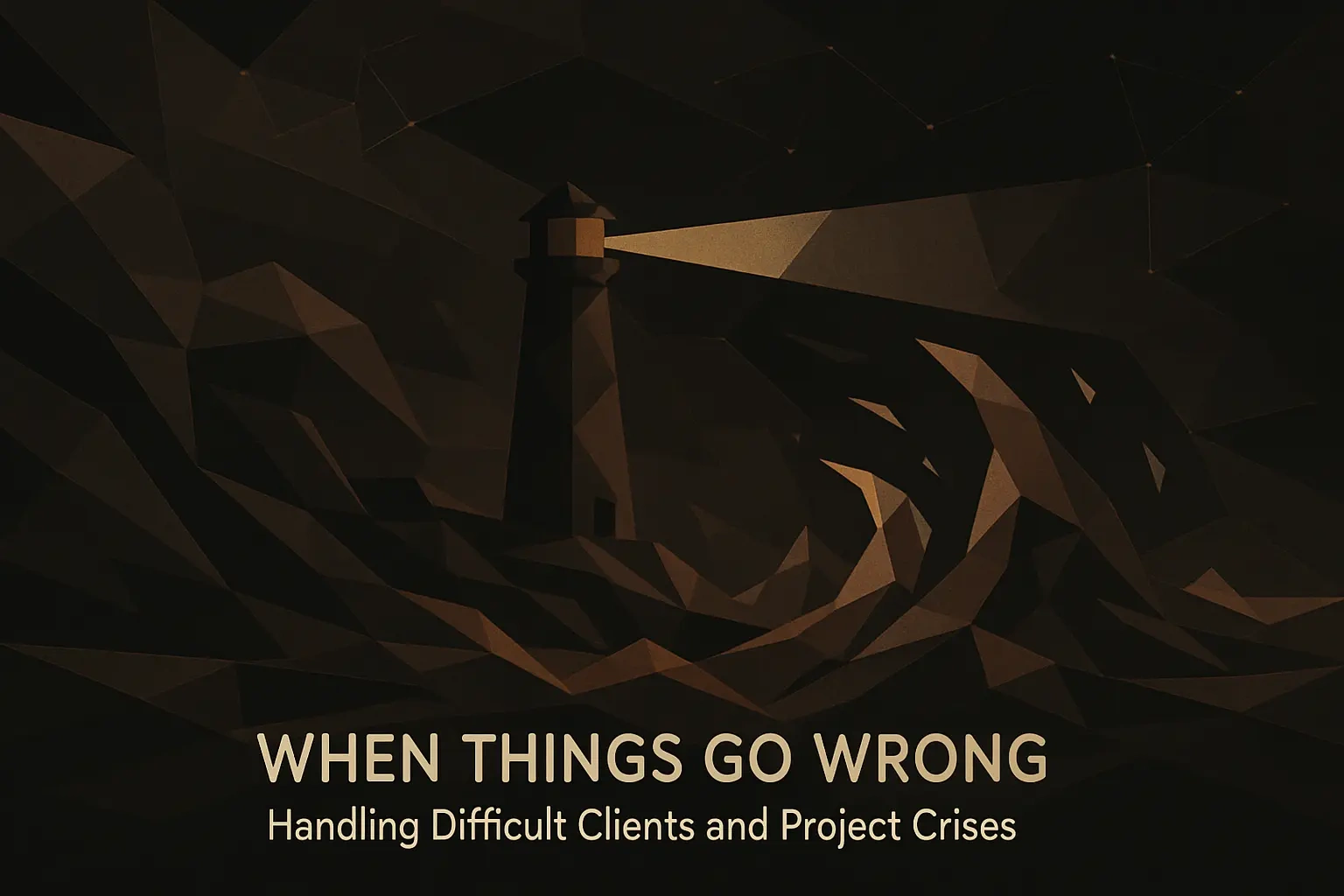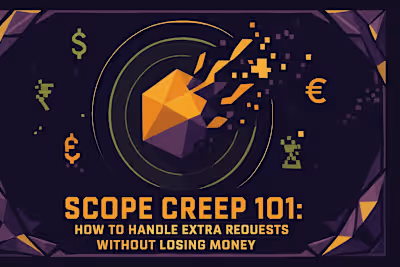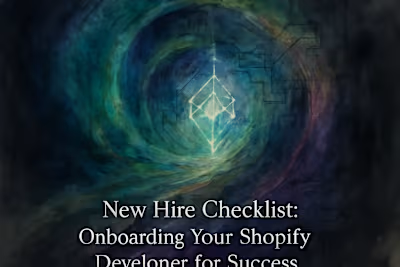When Things Go Wrong: Handling Difficult Clients and Project Crises

When Things Go Wrong: Handling Difficult Clients and Project Crises
De-escalating Conflict: The First Response
Stay Calm and Professional
Practice Active Listening and Empathy
Repeat and Confirm the Issue
Moving Towards a Solution
Focus on Facts, Not Feelings
Own Your Mistakes
Collaborate on a Solution
Document the Agreed-Upon Plan
Identifying Different Types of Difficult Clients
The 'Ghoster': The Client Who Disappears
The 'Micromanager': The Over-Involved Client
The 'Vague Visionary': The Client Who Doesn't Know What They Want
Knowing When to Walk Away
Recognizing Red Flags
How to Professionally Terminate a Contract
Learning from the Experience
References
When Things Go Wrong: Handling Difficult Clients and Project Crises
De-escalating Conflict: The First Response
Stay Calm and Professional
Practice Active Listening and Empathy
Repeat and Confirm the Issue
Moving Towards a Solution
Focus on Facts, Not Feelings
Own Your Mistakes
Collaborate on a Solution
Document the Agreed-Upon Plan
Identifying Different Types of Difficult Clients
The 'Ghoster': The Client Who Disappears
The 'Micromanager': The Over-Involved Client
The 'Vague Visionary': The Client Who Doesn't Know What They Want
Knowing When to Walk Away
Recognizing Red Flags
How to Professionally Terminate a Contract
Learning from the Experience
References
Posted Jul 4, 2025
Facing a difficult client or a project crisis? Learn effective strategies for conflict resolution, professional communication, and getting your Shopify project back on track.









